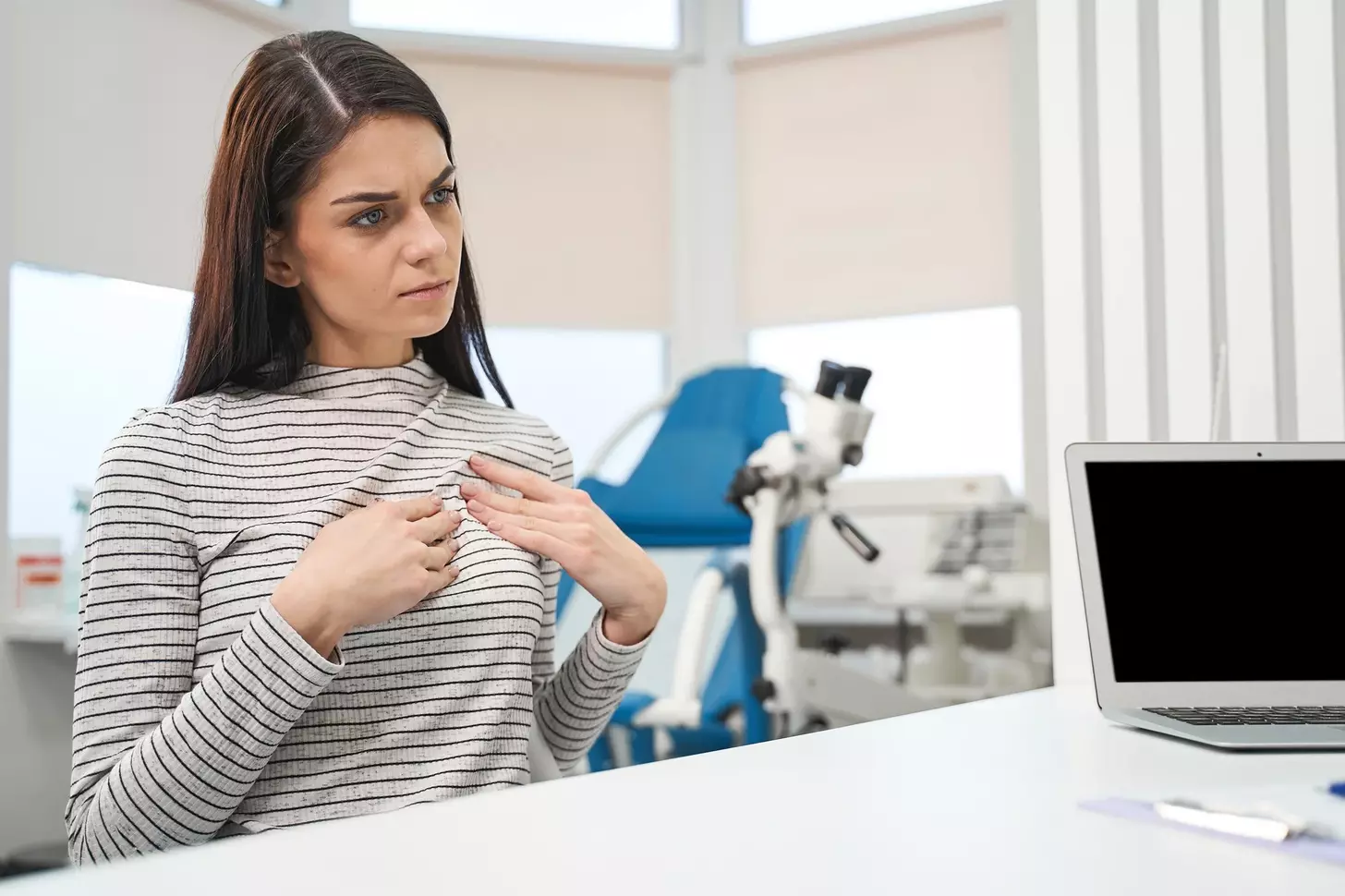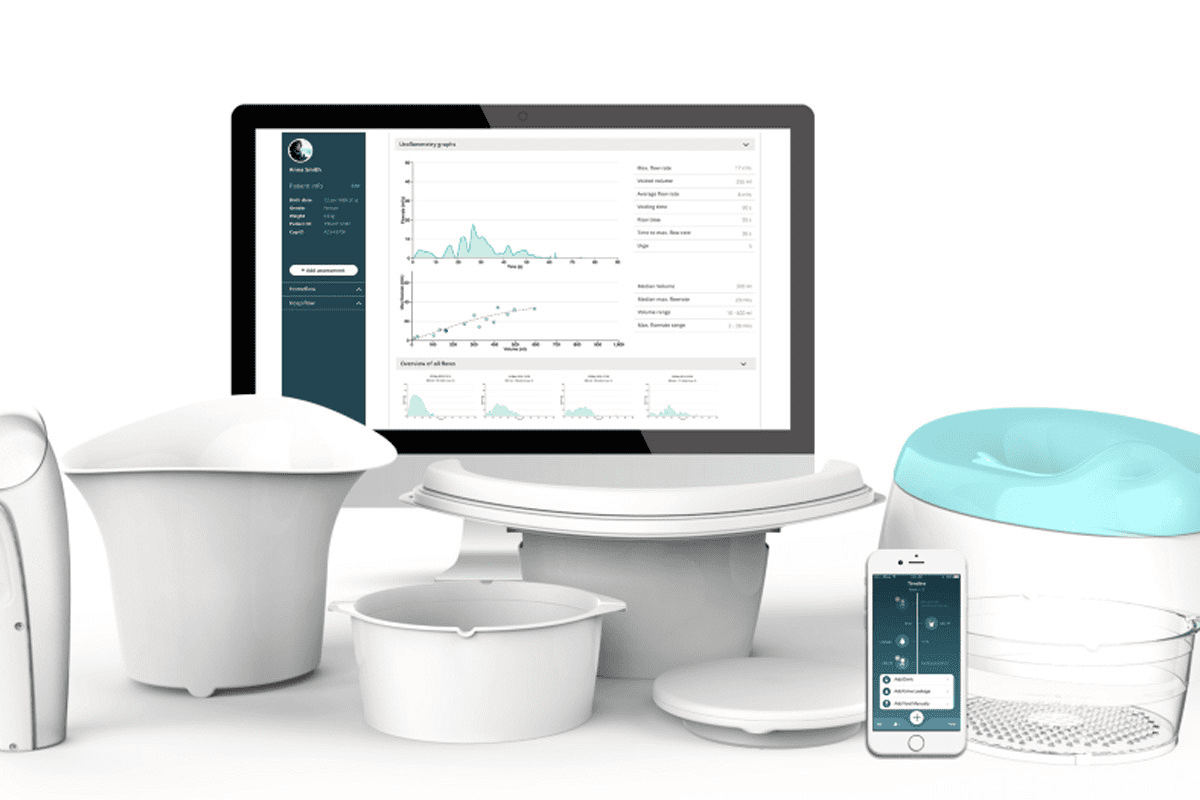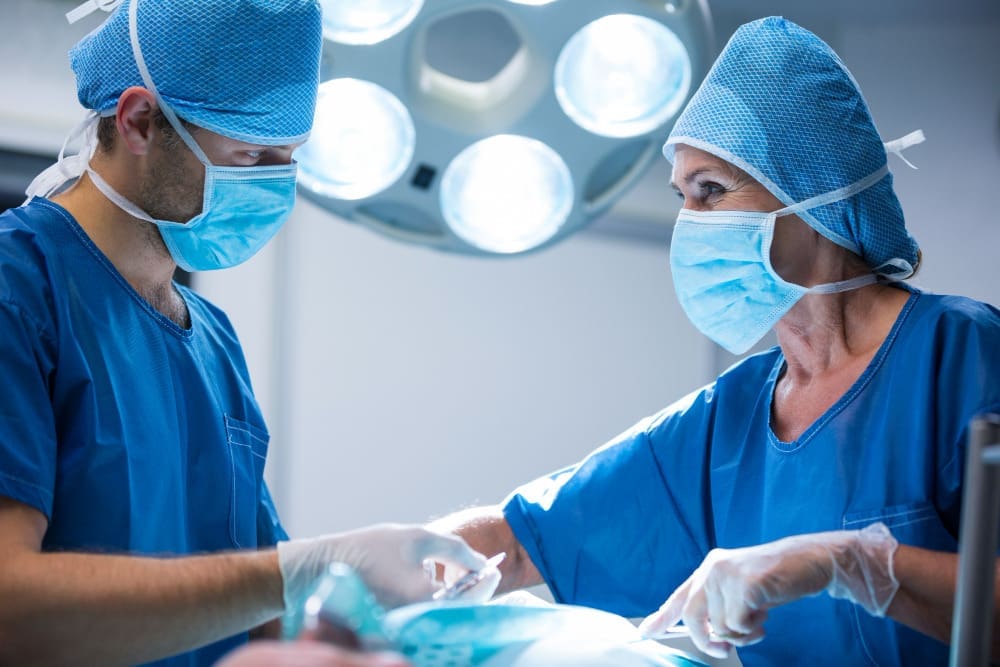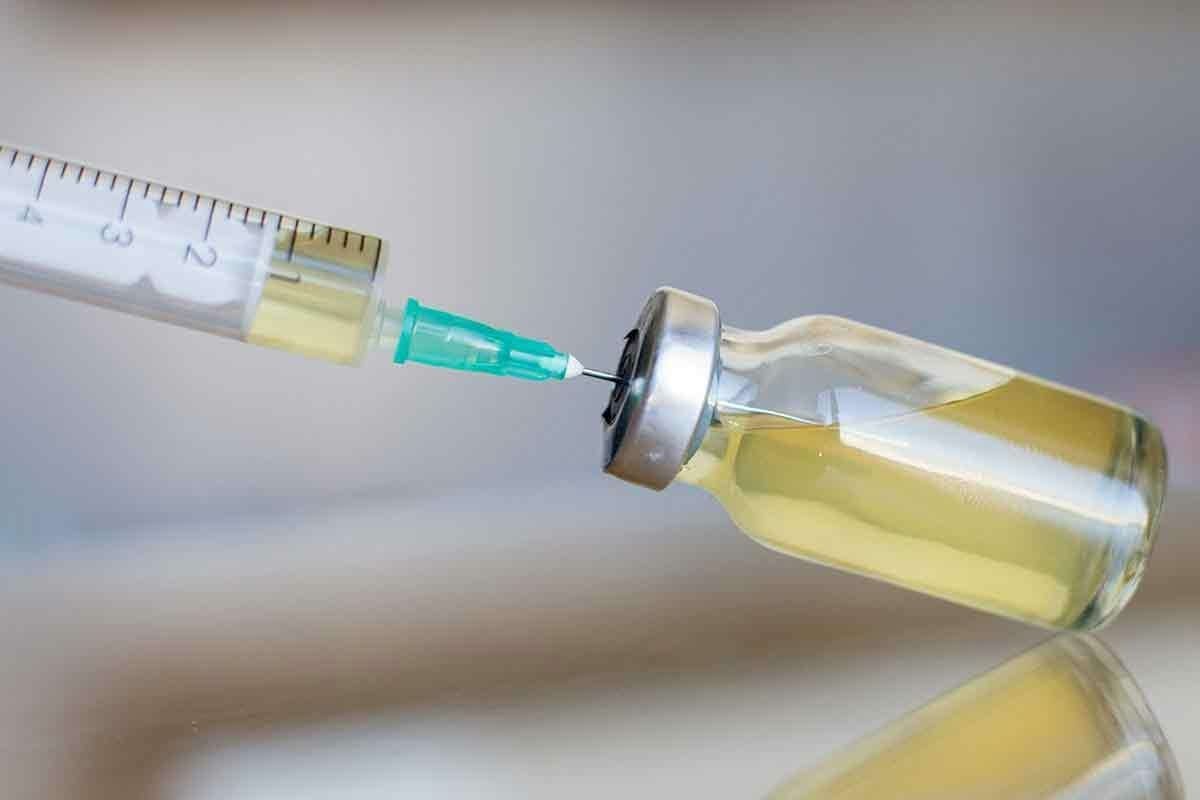Last Updated on November 26, 2025 by Bilal Hasdemir

Breast cancer is a big health issue worldwide, being the most common cancer in women. Finding it early is key to better survival rates. We focus on the latest and most reliable ways to screen for breast cancer.
Routine mammograms can cut breast cancer deaths by up to 40% in screened groups. We stress the need for breast cancer awareness and the many ways to detect it early.
At Liv Hospital, we put our patients first and use new, innovative care. We make sure our patients get the top treatment. By knowing how important early detection is and the screening options, we can all help improve breast cancer results.
Key Takeaways
- Early detection of breast cancer significantly improves survival rates.
- Routine mammography reduces breast cancer mortality by up to 40%.
- Breast cancer awareness is key to finding the disease early.
- Advanced screening methods are available for breast cancer detection.
- Patient-focused care is essential for effective breast cancer treatment.
The Critical Importance of Early Breast Cancer Detection
Early breast cancer detection is key for women’s health worldwide. Screening early can cut down on deaths. It’s a vital part of fighting breast cancer.
Global Statistics on Breast Cancer Prevalence
Breast cancer is a big problem for women everywhere. Millions get diagnosed each year. The World Health Organization says it’s the top cause of cancer deaths in women.
Global Breast Cancer Statistics:
| Region | Incidence Rate | Mortality Rate |
|---|---|---|
| North America | 92.1 per 100,000 | 15.3 per 100,000 |
| Europe | 85.4 per 100,000 | 18.4 per 100,000 |
| Global Average | 47.8 per 100,000 | 13.6 per 100,000 |
Survival Rates: The 40% Mortality Reduction Through Screening
Screening has cut breast cancer deaths by 40%. This shows how vital regular checks are.
The Economic and Emotional Impact of Early vs. Late Detection
Early detection brings big benefits. It means less severe treatments, saving money and emotional stress.
Early detection means avoiding expensive treatments. This leads to better health and a better life. It also saves a lot of money by cutting down on long-term care costs.
Understanding Breast Cancer Risk Factors
It’s important to know the different risk factors for breast cancer. This knowledge helps in early detection and prevention. Breast cancer is a complex disease with many factors at play.
Genetic Predisposition and Family History
Genetics play a big role in breast cancer risk. If you have a family history of breast cancer, you’re at higher risk. This is true for first-degree relatives like parents, siblings, or children.
Specific genetic mutations, like BRCA1 and BRCA2, also raise your risk. Genetic testing can find these mutations. This allows for early action and prevention.
For example, women with BRCA1 or BRCA2 might choose to have a mastectomy or get more frequent check-ups.
Lifestyle and Environmental Factors
Lifestyle and environmental factors also affect breast cancer risk. Drinking alcohol, being overweight, and exposure to certain chemicals are examples. Moderate to heavy drinking can increase your risk.
Key Lifestyle and Environmental Risk Factors:
- Alcohol consumption
- Obesity and lack of physical activity
- Exposure to endocrine disruptors
Age and Hormonal Considerations
Age is a big risk factor for breast cancer. The risk goes up after 50. Hormonal factors, like hormone replacement therapy (HRT) during menopause, also play a role.
| Age Group | Breast Cancer Incidence Rate |
|---|---|
| 40-49 years | 134.4 per 100,000 women |
| 50-59 years | 234.1 per 100,000 women |
| 60-69 years | 342.6 per 100,000 women |
How Can You Catch Breast Cancer Before It Progresses?
Catching breast cancer early is key for better treatment and survival. It’s important to be proactive about breast health. There are ways to find breast cancer before it gets worse.
The Window of Opportunity for Early Detection
Early detection of breast cancer greatly improves treatment success. The best time for early detection is often before symptoms show. Studies show mammograms can find breast cancer up to three years before symptoms appear.
Common Barriers to Early Diagnosis
Despite the benefits of early detection, many barriers exist. These include lack of awareness, fear of diagnosis, and limited access to healthcare. It’s important to address these barriers to improve early detection rates. For example, education can increase awareness, and better healthcare access can help more people.
| Barrier | Description | Potential Solution |
|---|---|---|
| Lack of Awareness | Limited knowledge about breast cancer and screening methods | Educational campaigns and community outreach |
| Fear of Diagnosis | Fear of receiving a cancer diagnosis | Counseling and support services |
| Limited Access to Healthcare | Inability to afford or access screening services | Improving healthcare infrastructure and insurance coverage |
Creating Your Personal Early Detection Plan
Creating a personal early detection plan means knowing your risk and following screening guidelines. It’s important to talk to your healthcare provider to find the best screening schedule for you. This plan should include self-exams, clinical exams, and mammograms as recommended.
Being proactive and informed can greatly improve your chances of finding breast cancer early. We encourage you to take charge of your breast health. Make a personal early detection plan and stick to it.
Method 1: Regular Self-Breast Examinations
Self-breast examinations are a simple yet effective way to spot breast cancer early. By doing regular self-exams, women can learn what their breasts normally look and feel like. This makes it easier to notice any changes.
Step-by-Step Guide to Proper Self-Examination
To do a self-breast examination right, follow these steps:
- Lie down and put a pillow under your right shoulder. Then, put your right arm behind your head.
- With your left hand, feel your right breast in a circular motion. Cover the whole area.
- Gently squeeze the nipple to check for any discharge.
- Do the same on your left breast with your right hand.
- Stand in front of a mirror and look at your breasts. Check for any changes in shape, size, or skin texture.
What Changes to Look For
When you examine yourself, look out for any unusual changes. These include:
- A new lump or thickening in the breast or underarm area.
- A change in the size or shape of the breast.
- Dimpling or puckering of the skin.
- Redness or scaliness of the skin or nipple.
- Nipple discharge or inversion.
Tracking and Documenting Your Findings
It’s important to track your findings over time. This helps you spot any patterns or changes. Consider keeping a breast health journal to record your observations. This can help you:
- Monitor changes in your breasts.
- Share your findings with your healthcare provider.
- Stay proactive in your breast health.
By following these guidelines and being consistent with your self-breast examinations, you can take an active role in maintaining your breast health. This can help you identify any issues early.
Method 2: Clinical Breast Examinations by Healthcare Providers
A clinical breast examination is a detailed check by a healthcare provider. It looks for any unusual changes in the breast. This check is key in finding breast cancer early, working alongside self-exams.
Frequency Recommendations by Age Group
How often you need a clinical breast exam changes with age and risk. Women 20 to 39 should get checked every three years. Women 40 and older should get checked once a year.
| Age Group | Recommended Frequency |
|---|---|
| 20-39 years | Every 3 years |
| 40 years and older | Annually |
What to Expect During a Clinical Examination
A healthcare provider will look at and touch your breasts during the exam. They check for lumps, size changes, or skin issues. The exam is done in private and takes a few minutes.
- Visual inspection of the breasts
- Manual palpation to detect lumps or abnormalities
- Checking for lymph nodes in the armpits
Questions to Ask Your Healthcare Provider
It’s important to ask the right questions during your exam. You might want to ask:
- What are the findings of the examination?
- Are there any areas of concern that need further evaluation?
- How often should I have a clinical breast examination based on my risk factors?
Understanding clinical breast exams and what to expect helps you take care of your breast health.
Method 3: Mammography and Advanced Imaging Techniques
Advanced imaging, like mammography, is key in finding breast cancer early. These tools help spot cancer when it’s easiest to treat.
Current Mammogram Guidelines by Age
Mammograms are a big part of breast cancer screening. The American Cancer Society says women should start getting mammograms at 45. Women between 40 and 44 can choose to start screening early.
Women 55 and older can switch to getting mammograms every two years. Or they can keep getting them every year.
| Age Group | Recommended Screening Frequency |
|---|---|
| 40-44 | Optional annual screening |
| 45-54 | Annual screening |
| 55 and older | Biennial or annual screening |
Next-Generation 3D Mammography (Tomosynthesis)
3D mammography, or tomosynthesis, gives a clearer view of the breast than 2D mammograms. It cuts down on false positives and boosts cancer detection, mainly in women with dense breasts.
Benefits of 3D Mammography:
- Improved detection of small cancers
- Reduced recall rates due to fewer false positives
- Better visualization of dense breast tissue
Supplemental Screening Options: Ultrasound and MRI
For women at higher risk or with dense breasts, ultrasound and MRI can be helpful. These tests offer extra info that can spot cancers not seen on mammograms.
When to Consider Supplemental Screening:
- Women with a high risk of breast cancer
- Those with dense breast tissue
- Individuals with a history of breast cancer or high-risk lesions
Method 4: Genetic Testing and Risk Assessment
Genetic testing is now a key tool in fighting breast cancer. It helps us find out who is at higher risk. This way, we can catch cancer early and prevent it.
Who Should Consider Genetic Testing
People with a family history of breast cancer should get tested. This is true if their relatives got cancer when they were young. Also, those with BRCA1 or BRCA2 mutations should get tested. These mutations raise the risk of breast cancer a lot. For more info on breast cancer by age, check this resource.
Understanding BRCA and Other Genetic Markers
BRCA1 and BRCA2 are well-known for raising breast cancer risk. Mutations in these genes can increase the risk of breast and ovarian cancer. Other genes like TP53, PTEN, and CDH1 also matter for risk assessment. Knowing about these genes helps us give better advice on screening and prevention.
Key Genetic Markers for Breast Cancer Risk:
- BRCA1 and BRCA2
- TP53
- PTEN
- CDH1
How Risk Assessment Influences Screening Protocols
After genetic testing, we get a clearer picture of risk. This guides our screening plans. For those at high risk, we might suggest more frequent and earlier tests. This could include mammograms and MRI scans. It’s all about catching cancer early.
Genetic testing helps us tailor our approach to breast cancer prevention. It makes early detection more effective.
Method 5: Emerging Technologies in Breast Cancer Detection
New technologies are changing how we find breast cancer. They offer hope for catching it early. These innovations make screening more accurate and easy to get.
AI-Driven Risk Prediction Models
Artificial Intelligence (AI) is helping create models to predict breast cancer risk. These models look at lots of data like genes, medical history, and lifestyle. They give personalized risk scores.
Key benefits of AI-driven risk prediction models include:
- Enhanced accuracy in risk assessment
- Personalized screening recommendations
- Early identification of high-risk individuals
Blood-Based Biomarker Tests
Blood tests are being made to find breast cancer by looking at certain biomarkers in blood. These tests could be a simple and painless way to screen.
| Biomarker | Description | Significance |
|---|---|---|
| CA 15-3 | A protein often used as a marker for breast cancer | Elevated levels may indicate breast cancer recurrence or progression |
| HER2 | A protein that can promote the growth of cancer cells | Overexpression is associated with aggressive breast cancer |
| BRCA1/2 | Genes that produce proteins responsible for repairing damaged DNA | Mutations increase the risk of breast and ovarian cancer |
Biosensor Technologies on the Horizon
Biosensors are a new hope for finding breast cancer. They can spot specific biomarkers or changes in the body. This could lead to early and painless diagnosis.
The future of breast cancer detection will likely use these new technologies. This will give us a better and more personal way to screen.
Personalized Screening Approaches: The “P Catch” Revolution
The “P Catch” revolution is changing how we find breast cancer. It uses personalized screening to fit each person’s risk. This could lead to better detection and fewer unnecessary tests.
Tailoring Detection Strategies to Individual Risk Profiles
Personalized screening starts with looking at your risk factors. These include your genes, family history, and lifestyle. Doctors use this info to suggest the best screening plan for you.
Risk Assessment Factors:
- Genetic markers (e.g., BRCA1 and BRCA2)
- Family history of breast cancer
- Personal medical history
- Lifestyle factors (e.g., alcohol consumption, obesity)
Integrating Multiple Screening Modalities
The “P Catch” approach also combines different screening methods. This might include mammograms and other imaging, or advanced 3D mammography.
| Screening Modality | Description | Benefit |
|---|---|---|
| Mammography | Standard X-ray imaging of the breast | Effective for early detection |
| 3D Mammography | Advanced X-ray imaging providing 3D views | Improved detection in dense breast tissue |
| Ultrasound | Use of sound waves to image the breast | Useful for targeted examination |
The Future of Precision Oncology in Breast Cancer
Precision oncology is the future of treating breast cancer. It means treatments are made just for you. The “P Catch” approach is key to this, as it helps find cancer early for better treatment.
Looking ahead, AI and new tests will make “P Catch” even better. This will help find and treat breast cancer more effectively and personally.
Recognizing Warning Signs: When to Seek Immediate Medical Attention
Spotting breast cancer symptoms early is key to better treatment. It’s vital to know the signs that mean you should see a doctor right away.
Visual Changes to Breast Appearance
Changes in your breasts can signal breast cancer. Look out for:
- Dimpling or thickening of the skin
- Redness or scaliness of the skin
- Nipple inversion or discharge
- Changes in breast size or shape
Physical Symptoms That Shouldn’t Be Ignored
There are physical signs that could point to breast cancer. These include:
| Symptom | Description |
|---|---|
| Lump or thickening | A new lump or thickening in the breast or underarm area |
| Pain | Unexplained pain in the breast or nipple area |
| Nipple discharge | Spontaneous discharge from the nipple, specially if it’s bloody |
Seeing a doctor is important if you notice these symptoms.
Overcoming Fear and Hesitation in Seeking Care
Fear and hesitation can stop people from getting medical help. But, it’s important to face these feelings head-on.
Don’t let fear delay your diagnosis. Finding cancer early can greatly improve treatment. If you notice any symptoms or have breast health concerns, get medical help right away.
Conclusion: Taking Control of Your Breast Health Journey
Early detection is key to better breast cancer outcomes. By learning the 5 steps to catch breast cancer early, you can manage your breast health. This way, you can make smart choices about your screening and detection.
Breast cancer awareness and prevention are essential to lower the risk of late diagnosis. For example, the State Bank of India (SBI) offers breast and cervical cancer screenings for its female employees. This shows the value of taking action in breast cancer prevention.
To take charge of your breast health, be proactive about self-exams, clinical exams, and mammograms. Using these methods and staying updated can greatly improve your chances of early detection and treatment.
Getting informed and using resources is the first step to a proactive breast health approach. We urge you to talk to healthcare experts to create a screening plan that fits you. This will help build a culture of awareness and prevention for breast cancer.
FAQ
What are the most effective ways to catch breast cancer early?
To catch breast cancer early, we recommend a few steps. Start with regular self-breast exams. Then, get clinical breast exams from your doctor. Don’t forget about mammograms, genetic testing, and new AI tools for risk prediction.
How often should I perform self-breast examinations?
Do self-breast exams every month. Try to do them 7-10 days after your period. This helps you know what your breasts normally feel like.
What are the current mammogram guidelines by age?
Women with average risk should get mammograms yearly starting at 40. If you have a family history or genetic risk, you might need to start earlier. Usually, 10 years before your relative’s diagnosis.
What is the significance of genetic testing in breast cancer detection?
Genetic testing can find mutations in genes like BRCA1 and BRCA2. These increase your risk. Knowing your genetic status helps tailor your screening and prevention plans.
How does “p catch” or personalized screening work?
Personalized screening means tailoring your detection to your risk. It uses many screening methods and advanced tech for better early detection.
What are the warning signs of breast cancer that I should not ignore?
Look out for visual changes like dimpling or nipple inversion. Also, watch for new lumps or unusual pain. These signs need immediate medical attention.
How can I overcome fear and hesitation in seeking medical care for breast concerns?
It’s normal to feel scared, but early detection is key. Talk to your doctor and get support from family or groups. This can help you feel more at ease.
What are the benefits of next-generation 3D mammography?
Next-generation 3D mammography, or tomosynthesis, gives clearer images. This improves detection and cuts down on false positives.
Can lifestyle and environmental factors influence breast cancer risk?
Yes, lifestyle and environment can affect your risk. Diet, exercise, and chemical exposure are examples. A healthy lifestyle can help your overall health.
How does early detection impact breast cancer survival rates?
Early detection can cut breast cancer deaths by up to 40%. Regular screening and quick action for symptoms are key.
References
- Frontiers in Oncology. (2025). [Article title from DOI 10.3389/fonc.2025.1587517]. Retrieved from https://www.frontiersin.org/journals/oncology/articles/10.3389/fonc.2025.1587517/full
- PubMed Central. (2025). [Article from PMC12026102]. Retrieved from https://pmc.ncbi.nlm.nih.gov/articles/PMC12026102/
- InView Imaging. (2025, May 23). Advancements in mammography technology for breast cancer detection 2025. Retrieved from https://www.inviewimaging.com/2025/05/23/advancements-in-mammography-technology-for-breast-cancer-detection-2025/
- Washington University School of Medicine. (n.d.). AI‑based breast cancer risk technology receives FDA breakthrough device designation. Retrieved from https://medicine.washu.edu/news/ai-based-breast-cancer-risk-technology-receives-fda-breakthrough-device-designation/
- National Breast Cancer Foundation / National Breast Cancer Organization. (n.d.). Breast Cancer Facts. Retrieved from https://www.nationalbreastcancer.org/breast-cancer-facts/








